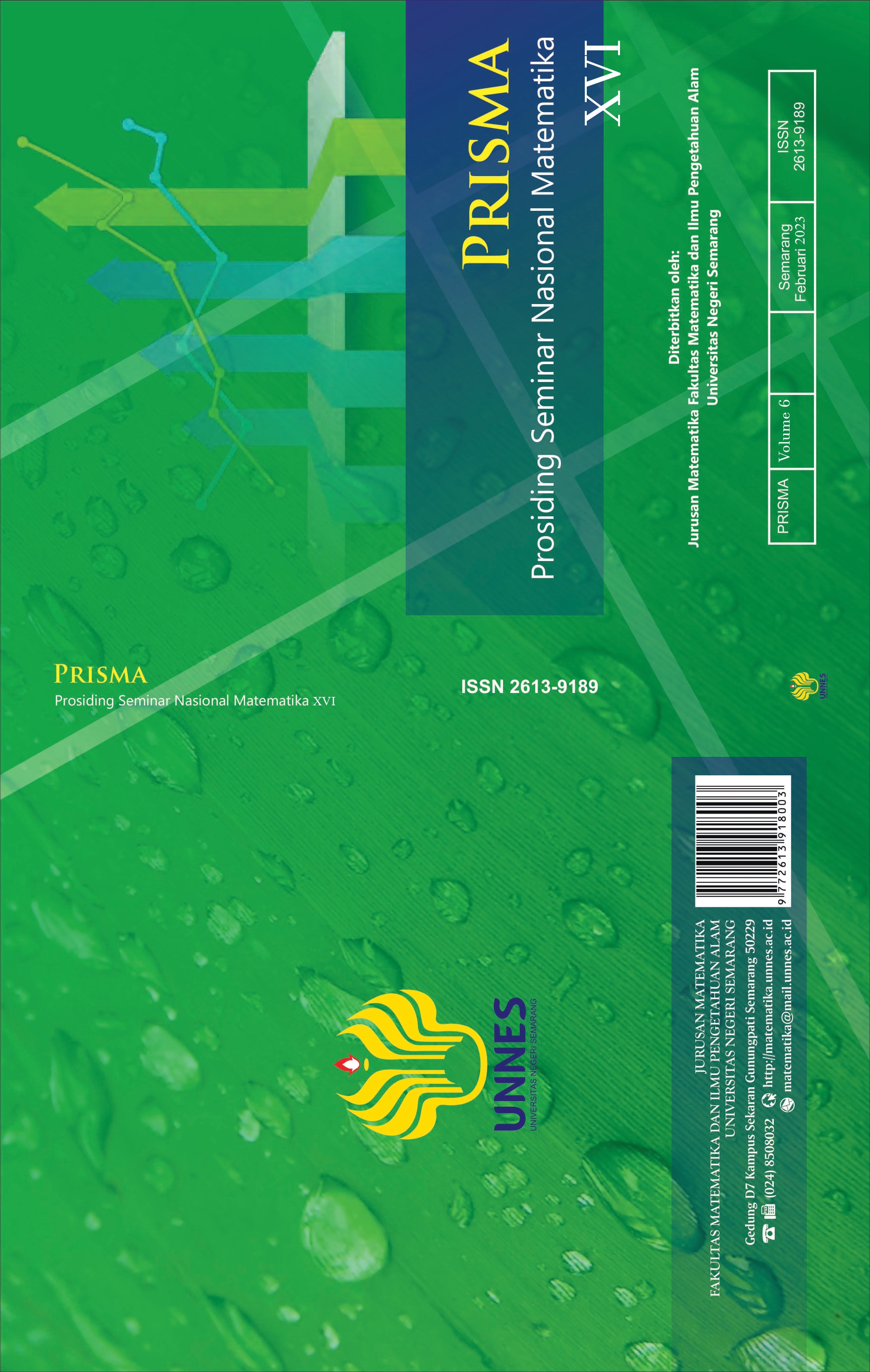The Effect of Kolb's Learning Cycle on Students' Critical Thinking Skills
Main Article Content
Abstract
The Kolb’s Learning Cycle involves acquiring abstract concepts that can be applied flexibly in a variety of situations. Basically involves four stages, namely: concrete learning, reflective observation, abstract conceptualization, and active experimentation. The purpose of this study is to determine the effect of Kolb’s learning cycle on students’ critical thinking skills. This research uses a literacy study approach. When conducting experiments is very important in the development of critical knowledge construction. Furthermore, the findings show that there are differences in the critical abilities of students who apply the Kolb’s learning cycle learning style and those who do not. Therefore, there is an effect of Kolb’s learning cycle learning style on students’ critical thinking skill. Further research is recommended, to understand why students with Kolb’s Learning Cycle learning styles and do not have different levels of critical thinking skills.
Article Details
References
Amira, R., & Jelas, Z. M. (2010). Teaching and learning styles in higher education institutions: Do they match?. Procedia-Social and Behavioral Sciences, 7, 680-684.
Arnyana, I. B. P. (2019). Pembelajaran untuk meningkatkan kompetensi 4c (communication, collaboration, critical thinking dancreative thinking) untukmenyongsong era abad 21. Prosiding: Konferensi Nasional Matematika dan IPA Universitas PGRI Banyuwangi, 1(1), i-xiii.
Clark, C. C. (2012). Student growth in asynchronous online environments: Learning styles and cognitive development. Journal of the Student Personnel Association at Indiana University, 37-46.
Costa, A. Kallick. B.(2014). Dispositions: Reframing teaching and learning.
Dewi, D. K., & Tandyonomanu, D. (2018, December). Convergence vs. Divergence Learning Style Study of Critical Thinking. In 2nd International Conference on Education Innovation (ICEI 2018) (pp. 570-572). Atlantis Press.
Dilekli, Y. (2017). The relationships between critical thinking skills and learning styles of gifted students. European Journal of Education Studies.
Facione, P. (1990). Critical thinking: A statement of expert consensus for purposes of educational assessment and instruction (The Delphi Report). vol. 423, pp. 1–19.
Fuad, A. J. (2016). Meta analisis: Deferensiasi gaya belajar dengan metode pembelajaran. Journal An-Nafs: Kajian Penelitian Psikologi, 1(2), 151-165.
Ghufron, M. N., & Suminta, R. R. (2012). Gaya belajar: Kajian teoritik.
Hafizha, D., Ananda, R., & Aprinawati, I. (2022). Analisis Pemahaman Guru Terhadap Gaya Belajar Siswa di SDN 020 Ridan Permai. Jurnal Review Pendidikan Dasar: Jurnal Kajian Pendidikan Dan Hasil Penelitian, 8(1), 25-33.
Hajesfandiari, B., Mehrdad, A. G., & Karimi, L. (2014). Comparing the effects of convergent and divergent teaching methods on using articles by Iranian EFL learners. International Journal of Educational Investigations, 1(1), 313-327.
Ignacio Jr, A. G., & Reyes, J. D. (2017). Exploring mathematics achievement goals using Kolb’s learning style model. Asia Pacific Journal of Multidisciplinary Research, 5(1), 19-24
Jones, C., Reichard, C., & Mokhtari, K. (2003). ARE STUDENTS'LEARNING STYLES DISCIPLINE SPECIFIC?. Community College Journal of Research &Practice, 27(5), 363-375.
Kolb, A. & Kolb, D. (2005). The Kolb Learning Style Inventory – Version 3.1 2005 Technical Specifications. Boston: Hay Resources Direct
Kolb, D. A. (1984). Experiential learning: Experience as the source of learning and development. Englewood Cliffs, NJ: Prentice-Hall.
Paul, R. W., & Binker, A. J. A. (1990). Critical thinking: What every person needs to survive in a rapidly changing world. Center for Critical Thinking and Moral Critique, Sonoma State University, Rohnert Park, CA 94928.
Ruggiero, V. R. (2012). The art of thinking. A guide to critical and creative thought (Tent edition).
Sternberg, R. J. (1986). Critical Thinking: Its Nature, Measurement, and Improvement.
Sternberg, R. J. (1999). Intelligence as developing expertise. Contemporary educational psychology, 24(4), 359-375.
Yaldız, N., & Bailey, M. (2019). The Effect of Critical Thinking on Making the Right Decisions in the New Venture Process. Procedia Computer Science, 158, 281-286.
Yang, S. C., & Lin, W. C. (2004). The relationship among creative, critical thinking and thinking styles in Taiwan high school students. Journal of instructional Psychology, 31(1).
Zubaidah, S. (2018, October). Mengenal 4C: Learning and innovation skills untuk menghadapi era revolusi industri 4.0. In 2nd Science Education National Conference (Vol. 13, pp. 1-18).
Zhang, L. F. (2003). Contributions of thinking styles to critical thinking dispositions. The Journal of Psychology, 137(6), 517-544.
